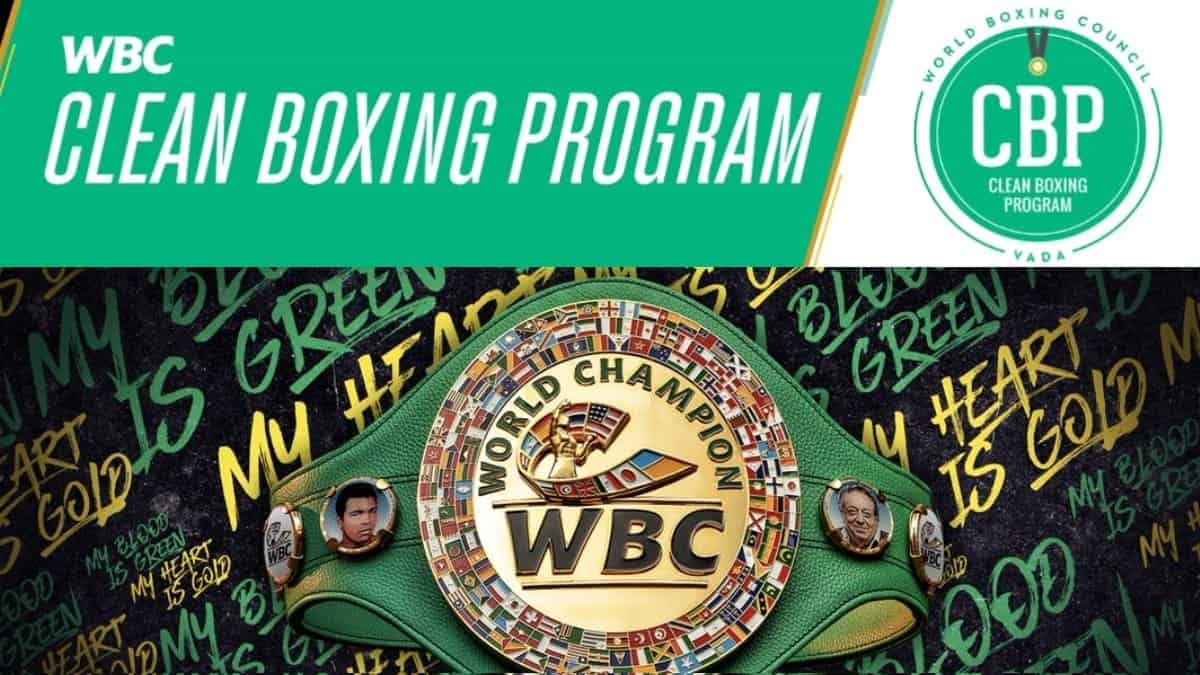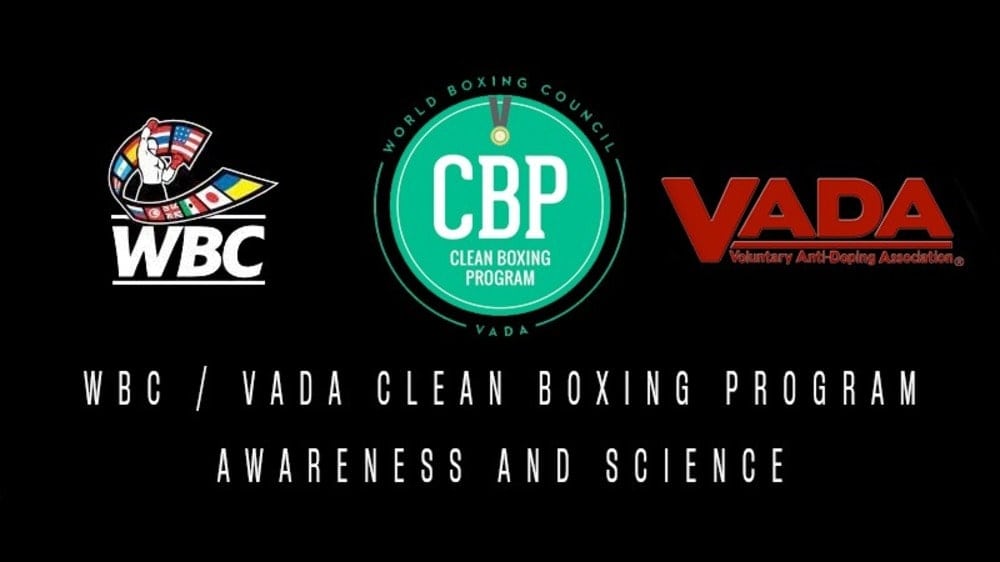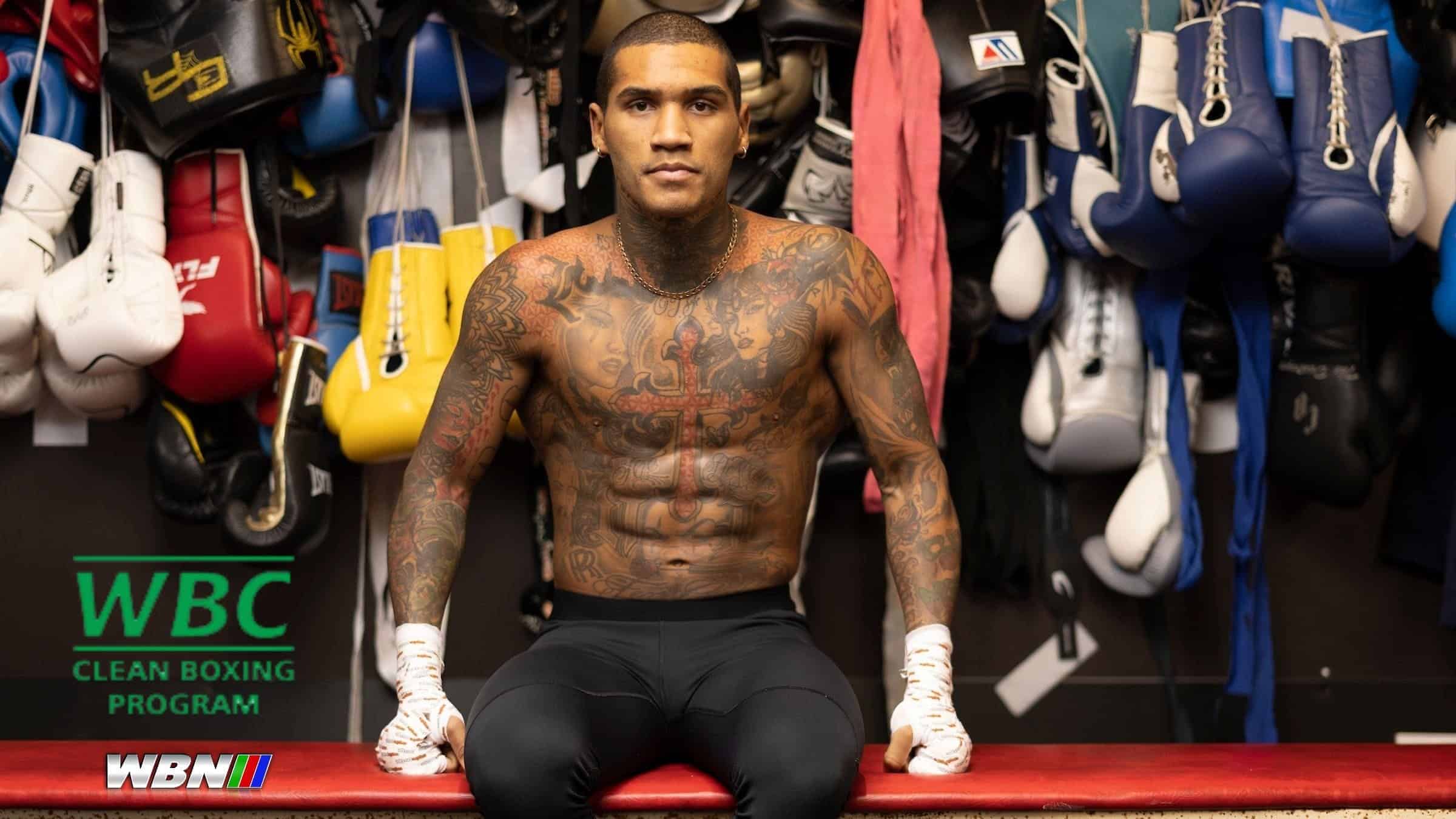It is known by all that an undefined percentage of boxers suffer from drug addiction at some point in their career.
Many of them come from complex origins and days in which they had to struggle hungry to overcome challenging adversity. The humble origin from which many fighters come is a trigger, plus a rapid and fleeting popularity and fame that provides everything imaginable.
Suddenly, that young person who had nothing had everything. From one moment to another, there is a lot of money, parties, “friends”, fame, glory, and among all this, the enemy that lurks with stealth, waiting for the moment when the boxer feels invincible, namely the scourge of drugs.
In general, drug use starts for several reasons. The majority is that almost all this type of substance abuse produces intense sensations of pleasure. This initial effect of euphoria is followed by others, which vary according to the type of drug consumed. For example, with stimulants such as cocaine, the feeling of euphoria is almost always accompanied by feelings of power, self-confidence, and incredible energy.
Some others who suffer from anxiety or disorders related to stress and depression begin to abuse drugs in an attempt to diminish feelings of anguish.
And, of course, in some cases, to perform better, chemically increasing their cognitive abilities or physical performance.
Cases known as the great Julio César Chávez, Carlos Zárate, Mike Tyson, Hilario Zapata, Wilfredo Gómez, Alfonso Zamora, and Sugar Ray Leonard are examples of stars that reached the top and, for various reasons, were influenced in the wrong way, buying a false happiness.
The relationship between athletes and doping substances goes back a long way. There are some records even in Ancient Greece, in the Olympic Games of the third century BC, where some athletes resorted to certain mushrooms to increase their performance, and that is according to the Royal Academy terminology, which defines doping as Administering drugs or stimulating substances TO ARTIFICIALLY ENHANCE the performance, sometimes, with danger to health.
Cocaine, for example, acts directly on the central nervous system and not on the muscular system, as this drug does not affect the muscles. Therefore, athletes often use it in small doses to hide fatigue, achieving training without too much difficulty or simply as a recreational drug.
The danger of its consumption:
– sudden death
– increase in predisposition to arrhythmias
-ventricular fibrillation
– significant decrease in corollary blood flow
– a sudden decrease in oxygen supply
– rapid weight loss
– permanent damage to the heart, brain and/or blood vessels
– heart attacks
– loss of sense of smell
– damage to the liver, kidneys and/or lungs
– destruction of nasal tissues
– respiratory insufficiency
– high blood pressure
Different cases and reasons have one factor in common, feeling like being in “hell,” and is that all who have walked through this dark passage of addictions agree that it is like visiting the abyss.
Fortunately, many fighters have rectified this, overcoming one of the most critical battles where life is at stake.
Let´s all fight together to avoid the consumption of drugs because together, we can win this fight!




